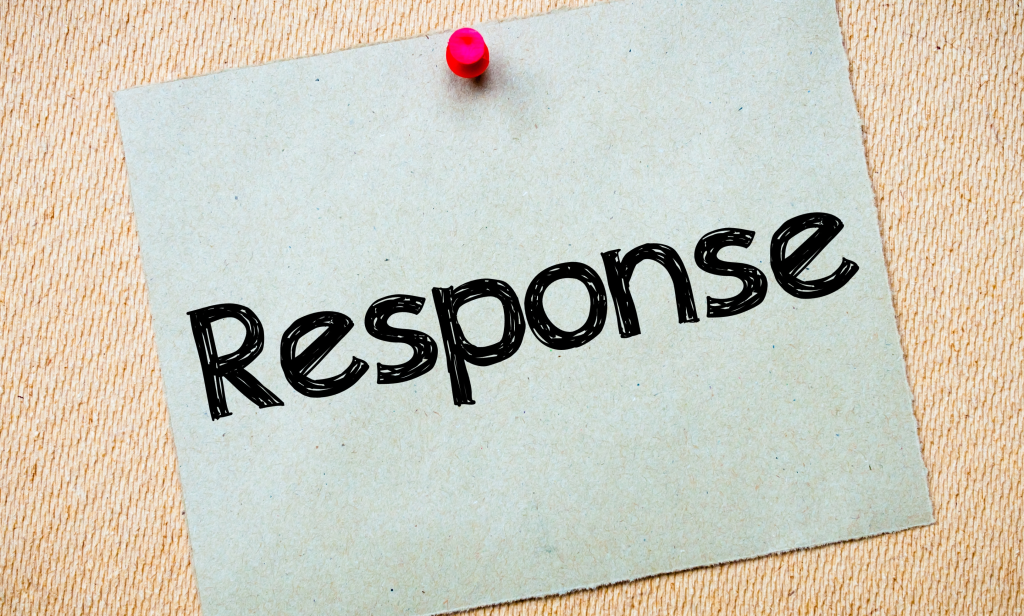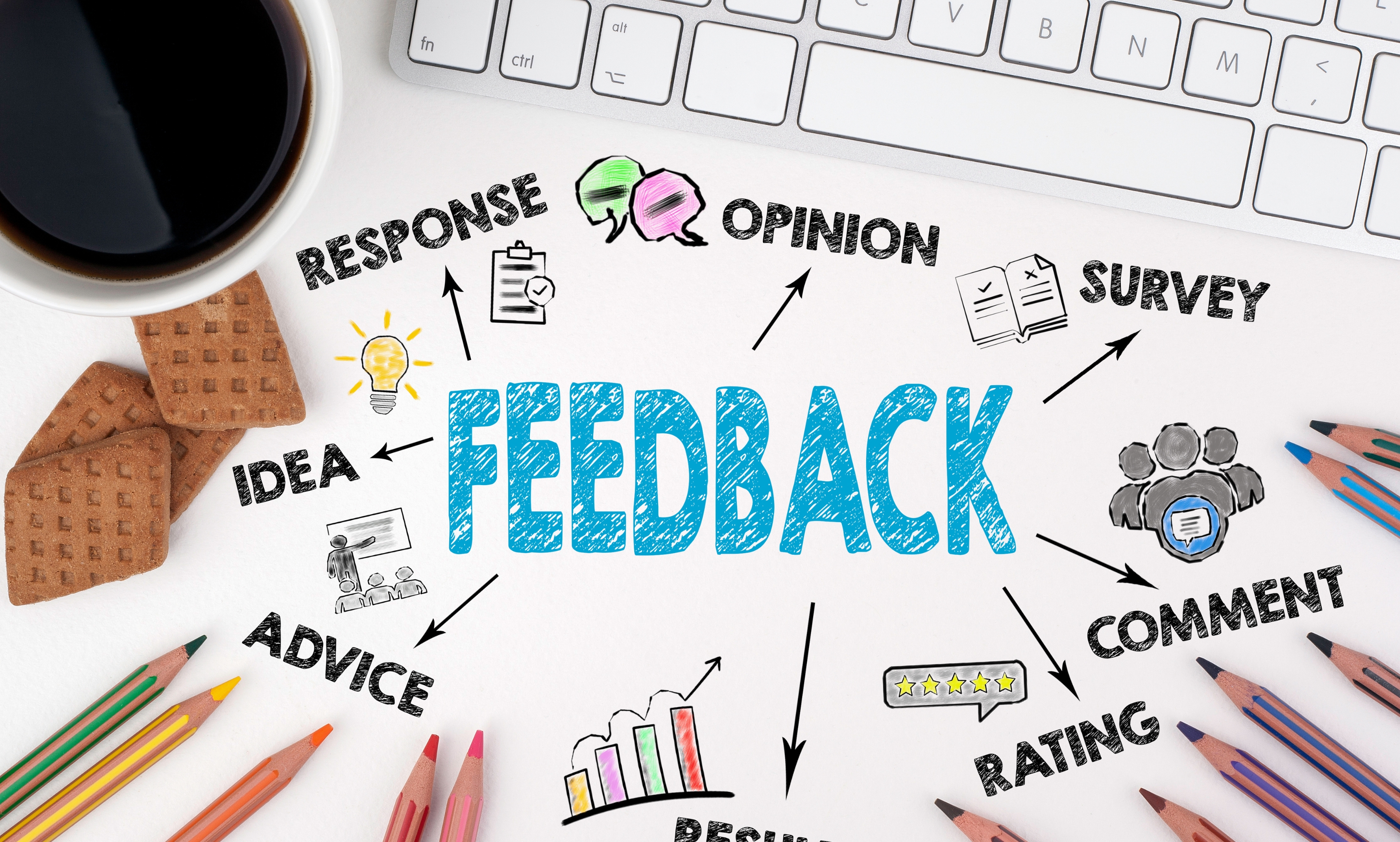Customer feedback is essential for businesses to learn, grow and succeed. Responding to customer feedback on Amazon shows that you value their opinion and are willing to make changes based on it. But responding quickly and effectively can be challenging – especially when the feedback isn’t always positive.
The key is understanding how best to resolve or respond to buyer feedback without making your unhappy customers feel ignored or frustrated. This guide will provide you with tips on how to keep your customers happy by effectively resolving or responding to buyer feedback in a timely manner. By following these steps, you’ll be able to show your customers that their opinions matter and build loyalty among them – all while keeping your business thriving!
Step 1: Listen To The Feedback And Assess It Objectively

When responding to buyer feedback, the first step is to listen and assess it objectively. This means stepping back from your own perspective and taking a more objective view of the situation. Ask yourself: Is this something that needs to be addressed? Are there any solutions that can be implemented to improve the customer experience? Remember, buyers are buying products or services from you, and their feedback should be taken seriously.
Once you’ve listened to and assessed the feedback, it’s time to take action. This could be in the form of a direct response to the buyer or an overall improvement in your business practices or customer service. For example, if a customer complains about poor customer service, then you should look into how you can improve the customer experience. If a customer complains about a faulty product, then you should look into ways to resolve the issue and make sure it doesn’t happen again.
It’s also important to take the time to thank buyers for their feedback and let them know that their opinions are valued. A simple but sincere “thank you” can go a long way in building customer loyalty and trust.
Step 2: Respond Promptly And Professionally

Once you’ve listened to the feedback and assessed it objectively, the next step is to respond promptly and professionally. This means responding within a reasonable timeframe (no more than 24 hours) and using courteous language. It’s also important, to be honest and transparent in your neutral feedback about any issues that have been raised and how you plan to address them.
If necessary, apologize for any inconvenience caused and offer to do whatever is in your power to make the unhappy customer happy. Even if the situation can’t be resolved, showing that you care about their opinion and are willing to take steps to improve it will go a long way toward building customer loyalty.
The more you invest in understanding and addressing their concerns, the more likely they’ll be to return again. Remember that responding quickly and professionally is key when it comes to resolving or responding to buyer feedback. Doing so will have a huge impact on your customer satisfaction levels, trustworthiness, and overall brand reputation.
Step 3: Implement Changes And Follow Up

Once you have identified the root cause of any buyer feedback and developed a plan to address it, you need to implement those changes. This may be easier said than done, depending on how significant the changes are, but it is an essential step in resolving buyer feedback issues. It’s important to let buyers know that customers feedback has been taken into account and that changes have been implemented to ensure their satisfaction.
You can communicate this through a variety of methods, such as:
- Emailing buyers to let them know that the changes have been made
- Posting updates on your website, blog, or social media
- Communicating with customers directly via customer service channels.
You should also follow up with buyers after the changes have been made to gauge their satisfaction and make sure that the problem has been adequately resolved. This can be done through surveys, customer interviews, or even social media posts asking for feedback. Following up is an important part of resolving buyer feedback issues as it allows you to get a sense of customer satisfaction and make any additional adjustments if needed.
Step 4: Monitor Feedback Regularly
It’s important to monitor buyer feedback on a regular basis in order to address any issues that may arise. Taking the time to listen to and assess customer feedback will help you stay ahead of any problems and ensure that your customers are satisfied. You can use tools like surveys, customer reviews, social media monitoring, and customer service channels to monitor buyer feedback and stay alert to any potential issues.
Regular monitoring of buyers’ negative or positive feedback is an essential part of resolving or responding to issues and ensuring customer satisfaction. By taking the time to listen and respond promptly to online reviews, you can build lasting relationships with your customers and ensure that they have a positive customer’s experience with your business.
These four steps can help you successfully resolve or respond to buyer feedback and ensure customer satisfaction. By listening to your customers, responding promptly and professionally, implementing changes, and monitoring feedback regularly, you’ll be able to build strong relationships with buyers and improve your overall reputation.
Why Responding To Buyer Feedback Is So Critical?
When it comes to running a successful business, responding to buyer feedback is one of the most important things you can do. When customers give feedback (negative review, positive review, or neutral review), they tell you what they would like to see improved about your product or service. Buyer feedback can provide valuable insights into how satisfied customers are with your offerings, how well your customer service is working, and how likely they are to recommend you to friends and family.
Responding to customer feedback is also critical because it can help you identify customer pain points and areas where you can make improvements. It will give you an understanding of what customers think about your product or service, what features or services they would like to see, and how you can make their experience better.
Effective Ways To Respond To Buyer Feedback
Now that you understand why it’s so important to respond to buyer feedback let’s look at some effective ways to do so.
1. Thank The Buyer

There’s nothing wrong with thanking a buyer for their feedback, especially if there were positive reviews. A simple ‘Thank you for your feedback!’ can help to start the conversation off on the right foot and show that you value the customer’s opinion.
In the case of negative feedback, try to remain as polite and professional as possible. Acknowledging the customer’s concerns can go a long way in helping them feel valued and respected. For example, ‘I understand that you aren’t satisfied with our product. Thank you for bringing this to our attention. We take customer feedback seriously and will do our best to address your concerns.’
Remember: the way you respond to buyers over positive and negative reviews has a huge influence on their opinion of your business and its products or services, so it’s important to always remain professional.
2. Apologies For Any Inconvenience
If a customer’s issue was caused by something that you or your business did, it’s important to take responsibility and apologize. This shows the buyer that you are willing to acknowledge their grievances and take appropriate action to rectify the situation.
A simple ‘I’m sorry for any inconvenience this has caused’ can go a long way in maintaining a good customer relationship. It is important not to be too apologetic though, as this can come off as insincere and may even seem dismissive of the customer’s issue.
It’s also important to take full ownership of the problem without blaming anyone else or making excuses. The buyer has placed their trust in your business before giving a negative online review, and it’s your job to make sure their trust wasn’t misplaced. Taking ownership of a mistake shows the customer that you are willing to take responsibility for any issues they may have experienced and will help restore the faith they have in your business.
In addition to apologizing, it’s also important to let customers know what steps you are taking to ensure that similar issues do not happen again in the future. This helps to provide assurance that the customer will not have to encounter a similar situation and reinforces your commitment to providing quality customer service.
3. Acknowledge The Problem

It can be tempting to gloss over a customer’s issue or brush it off as being ‘no big deal’. However, this is not the best way to handle buyer feedback. Acknowledging the problem shows the customer that you understand their issue and are taking it seriously.
Try to provide as much detail as possible when responding to a customer’s complaint. Let them know that you are aware of their issue, and explain how you plan to address it. This will demonstrate to the customer that you are taking their feedback into consideration and are actively working towards resolving the matter.
It’s also important to be honest with customers if there is something that you are unable to do for them. For example, if a customer is requesting an unreasonable refund or asking for something that your business does not provide. Letting the buyer know that their request cannot be fulfilled in a polite and professional manner can help to ensure the customer has a positive experience with your business.
4. Offer A Solution
Once you have acknowledged the customer’s issue and apologized, it’s important to provide a solution. Letting customers know what steps you are taking to rectify the situation can go a long way in helping them feel valued and appreciated.
A good way to do this is by outlining a plan of action with clear steps that will be taken to address customer complaints. This can include providing a refund, offering replacements, or making other adjustments depending on the nature of the issue.
It’s also important to provide customers with a timeline of when they can expect the resolution of their issue. Keeping them updated throughout this process ensures that they have an accurate picture of what is being done and when they can expect a resolution. Customers expect businesses to be prompt and responsive, so it is important to provide quick solutions whenever possible.
5. Follow Up

Once the customer’s issue has been resolved, it’s important to follow up with them. This helps to ensure that they are satisfied with the outcome and that any further issues or questions can be addressed promptly.
Following up also allows you to learn from customer feedback and gain insights into how your business can improve. So make sure to take the time to ask customers for their opinions and suggestions on how you can better serve them in the future.
These are just a few tips on how to effectively and successfully respond to negative customer feedback. If you take the time to address your customers’ concerns in a thoughtful and professional manner, it will go a long way in helping you maintain a positive relationship with them. Doing so ensures that your customers feel valued, appreciated, and respected – something every business should strive for!
The Bottom Line
Regardless of the type of feedback you receive, the bottom line is to always respond in a timely and courteous manner. Taking the time to thank your customers for their feedback and letting them know that you’re doing everything in your power to address their concerns can go a long way toward improving customer loyalty.
By addressing any problems quickly and efficiently, you’ll also help to ensure that future feedback from buyers is more likely to be positive. With thoughtful, timely responses to buyer feedback, you can improve customer satisfaction and create a platform for better relationships with your customers.
No matter the situation, responding promptly and professionally to buyer feedback is essential for maintaining successful customer relationships. By utilizing the strategies outlined in this article, you’ll be better equipped to handle any situation that comes your way. With a little effort and some creative problem-solving skills, you can ensure that all feedback from buyers is responded to in an appropriate manner.
Doing so will help to create happier customers who are more likely to return for future purchases. When it comes to handling customer feedback, being proactive and responsive is the key to success!
Be sure to check out our other e-commerce guides.

